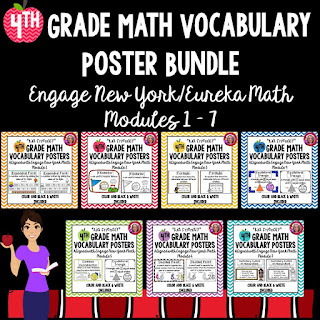So you have heard about Boom Learning Cards but you really don't know what Boom Cards are are or why you would want to use them. Would you like to know why they have quickly become one of my favorite tools to use in my classroom? Keep on reading to learn about my favorite features that Boom Cards offer and I think you will see exactly why I just can’t imagine teaching without them.
What Are Boom Cards?
Essentially, Boom Cards are digital, self-checking, interactive activities that you can use on any internet-connected device. They provide students with a “gamified” way to practice a skill that you are teaching or reviewing in class. Boom Cards are hosted online, on the Boom Learning website. The Boom Learning website allows teachers to purchase and/or create digital activities for students.
The Top 7 Reasons Why I Love Using Boom Cards
1. They are InteractiveBoom cards are created using game features that students love. My students will literally beg for time to use Boom. They love earning coins and badges which can be used to “buy” new avatars. Even the simple sound effect features are a hit with my students- they get so excited when they hear the “ding” sound meaning they have gotten the answer correct.
2. They are Self-checkingStudents are shown one question at a time. When students enter their answers, they get instant feedback. Similar to the “ding” sound they hear when they get an answer correct, they will hear a “whoops” sound if they are incorrect. If a student gets a question wrong, they can try again and submit a new answer. If they are really stuck, they can "give up" the card, and they will be prompted to review the answer.
A quick tip: When you click on the Action button on a deck in your library, you can create "Custom Play Settings." These settings allow you to choose if you want students to see the correct answer after giving up a card, if you want them to be allowed to play a deck multiple times, and you can also adjust the number of cards from the deck you want them to see per play.
These are great options to customize a deck to meet your students' needs. *Students DO need an account for you to access these settings as they will not work with Fast Pins.
 |
| Custom Play Settings |
Many of the decks I make for my store are bundled to include several different options of activities for you to assign to your students. This gives you the option to assign different decks to different students. With this feature, you can provide a review for the students who need it or you can challenge those who are ready to move on.
Most of my decks also include an AUDIO feature- students can easily have the text portion of each deck read to them by simply clicking on the audio button. The audio feature has been a real game-changer for many of my students. By having the option to include audio, you are really able to give those students who are struggling with reading or still working on learning English a chance to show their skills.
4. They are a Time SaverGone are the days of spending your prep time laminating, cutting, and making copies. Since Boom Cards are digital, there is literally zero prep work for you. Not only are Boom Cards super easy to assign but they are also going to save you time with grading.
5. You get access to Instant DataHave you ever been guilty of taking student work home to grade, just to bring it back the very next day ungraded? Yep! Me too. As I have mentioned, Boom cards are self-checking. This means each card is automatically graded for you so you have access to instant data every time your students work on a deck that you have assigned them. This instant data is INVALUABLE for helping you with planning, creating intervention groups, and assessing your students’ knowledge on a topic. Please note to access data, you do need to upgrade from the free “starter” membership to the "basic" membership. With the basic membership, you will get access to student data for up to 50 students for only $15 a year.
6. Kids love themBoom decks are so much more interactive than a worksheet. Students feel like they are playing a game, they don’t realize they are actually working hard to practice a skill. I PROMISE, your students will love learning and practicing using Boom Cards! Check out this FREE Multiplication Deck to see for yourself.
7. You can use them in many different waysBoom decks can be used for review, as a whole class activity, test prep, or assessment. You have the option of assigning decks to be completed independently, as a whole class, or in small groups. This flexibility is perfect for distance learning! I like to work on a deck together during a web meeting and then assign the deck for independent practice. Want to see how I use them to incorporate fact fluency? You can read about that here.
Are you ready to give Boom Cards a try?
Want to test out a set of Boom Cards? Grab my FREE set of Prime and Composite Numbers.
Looking for other math or language arts Boom Cards? You can find a wide range of topics for grades 2-4 here. I hope you will give them a try and see just how much BOTH you and your students can’t live without them!
How would you like to use Boom Cards with your students? I would love to share your ideas in the comments! :)



































